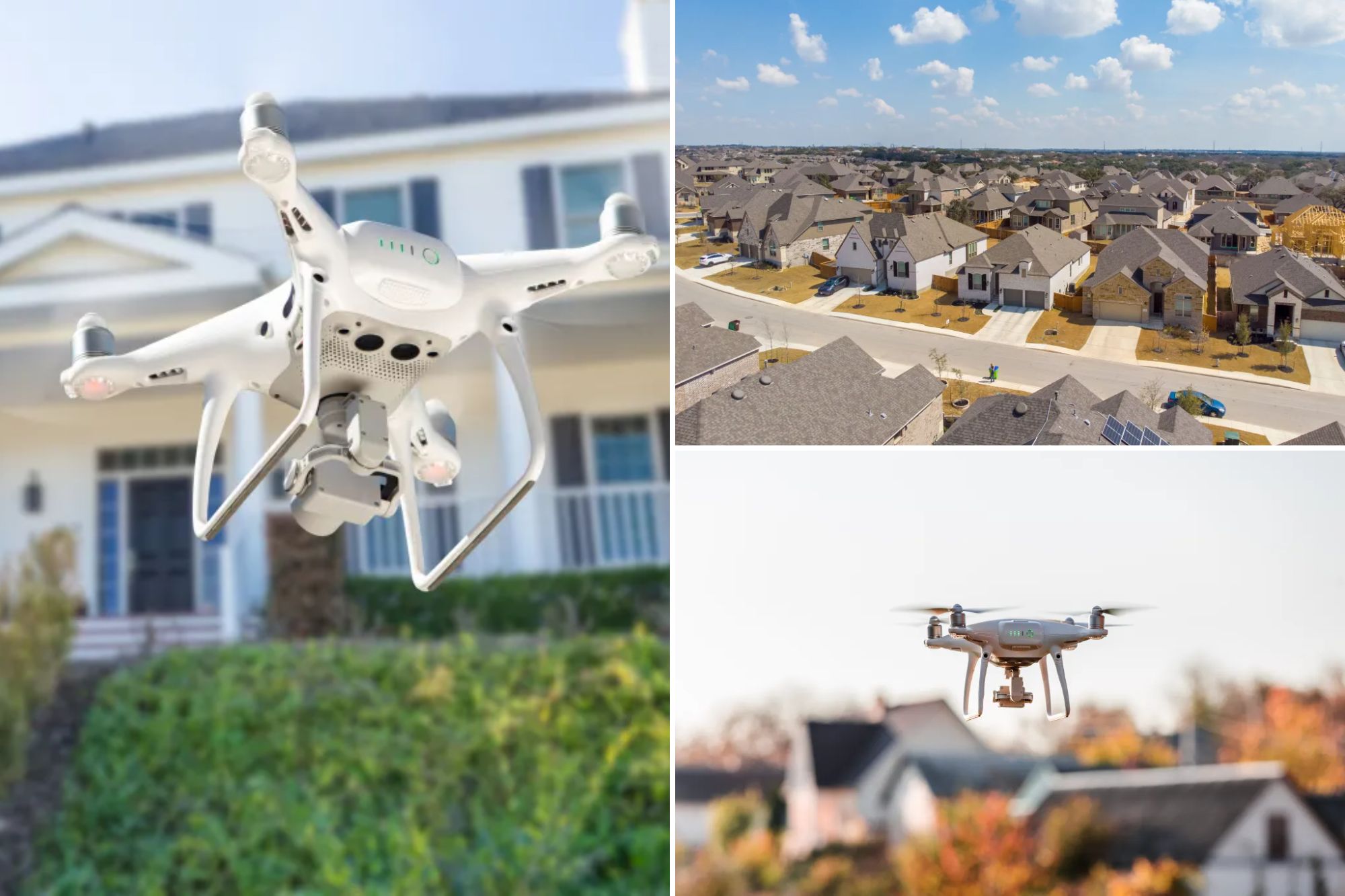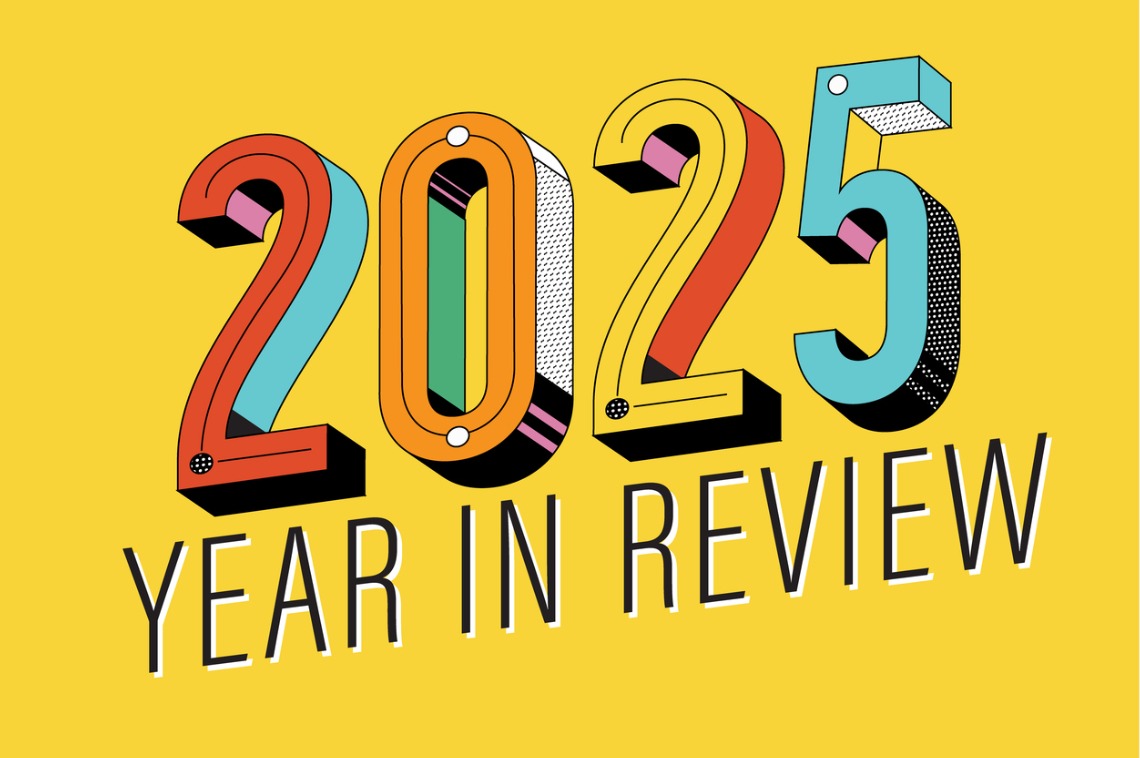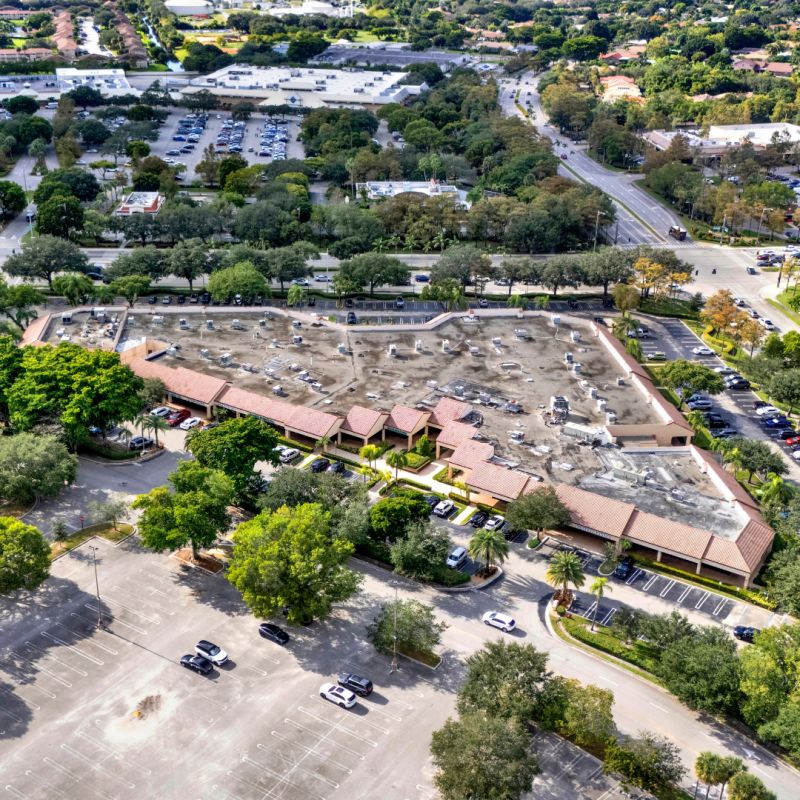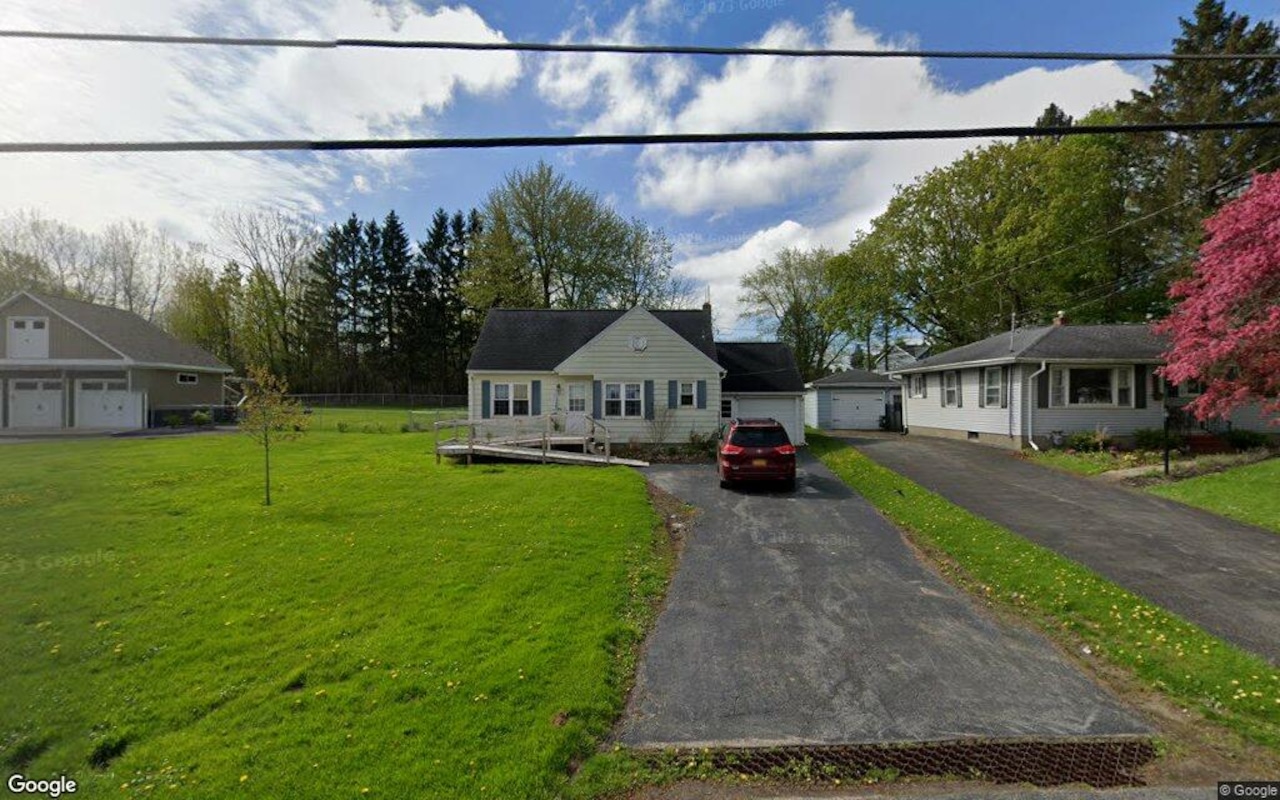D
espite residing in hurricane-prone Daytona Beach, FL, Mike Arman never had a home insurance claim in 52 years. However, his insurer decided not to renew his policy two years ago due to an aerial image of his roof showing signs of deterioration. Arman claims his roof is only six years old and of a type that generally lasts for 20 or 30 years even in Florida's harsh weather conditions. Despite providing proof of his roof's age, his policy was dropped. Arman then found coverage with a state-run insurer called Citizens and hired a home inspector who declared his roof to be in top shape. However, when his policy came up for renewal, another aerial photograph of his roof taken by a drone revealed some vague problem that Citizens wouldn't elaborate on, leading to a 25% increase in his policy. Arman wonders if the drone was to blame for this increase.
The use of satellite footage and drones for home insurance surveillance is becoming increasingly common. Mark Friedlander of the Insurance Information Institute argues against the idea that this constitutes "spying." He believes that aerial photography is more accurate and safer than human inspection. Friedlander also asserts that most insurers will inform customers of scheduled surveillance dates and give them a chance to remedy issues or appeal nonrenewals. However, some former insurance agents have reported instances of customers being dropped over outdated or inaccurate aerial images.
To protect your home from insurance drones and surveillance, homeowners can pressure their lawmakers for updated insurance regulations to catch up with technology. Albert Fox Cahn, founder of the Surveillance Technology Oversight Project, suggests this as a solution. Cahn had a frustrating experience with his carrier after AI flagged moss on his roof, a problem he had already fixed months earlier. He was able to avoid nonrenewal due to his carrier neglecting to send him a warning notice, which is against state law. Cahn advises homeowners to fight back if their insurance company threatens to drop them over aerial surveillance. Ask to see the aerial photos, demand to know exactly what the issue is, and request a chance to remedy it. He warns against doing something drastic like blocking a view of your roof or yard.
Friedlander acknowledges that aerial surveillance might make mistakes but is "10 to 20 times" more accurate than human inspections. He also believes that weeding out risky properties leads to lower rates for everyone. To protect themselves from AI-powered policy cancellation, homeowners can talk to their insurance agent and ask what they can do to avoid problems and what insurers are looking for. Typical red flags include tree branches hanging over a house, debris on a roof, undeclared swimming pools, and backyard trampolines. Being proactive and not waiting until a letter saying that a policy won't be renewed is key.














